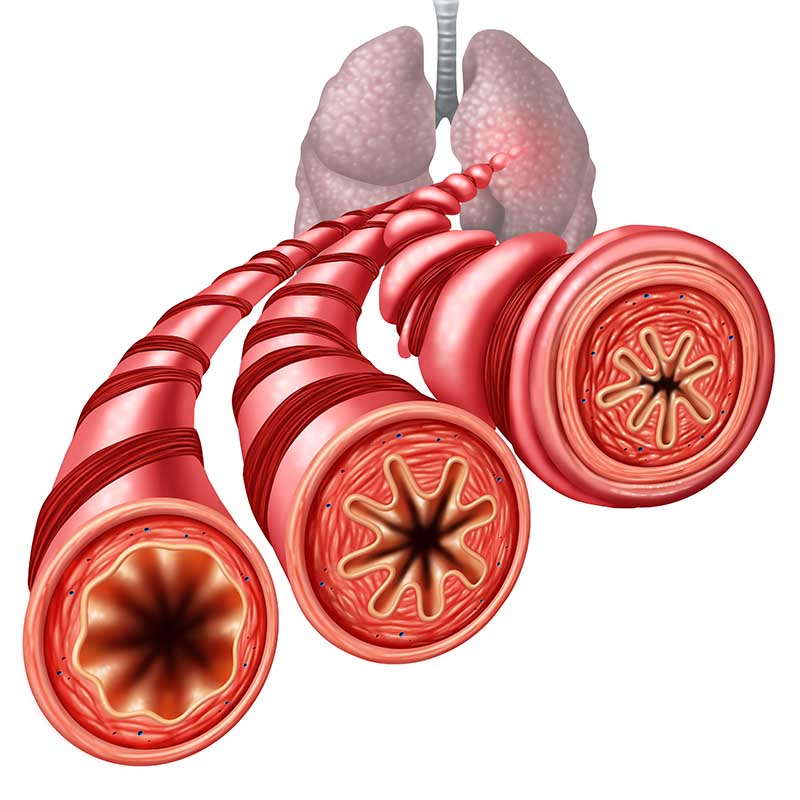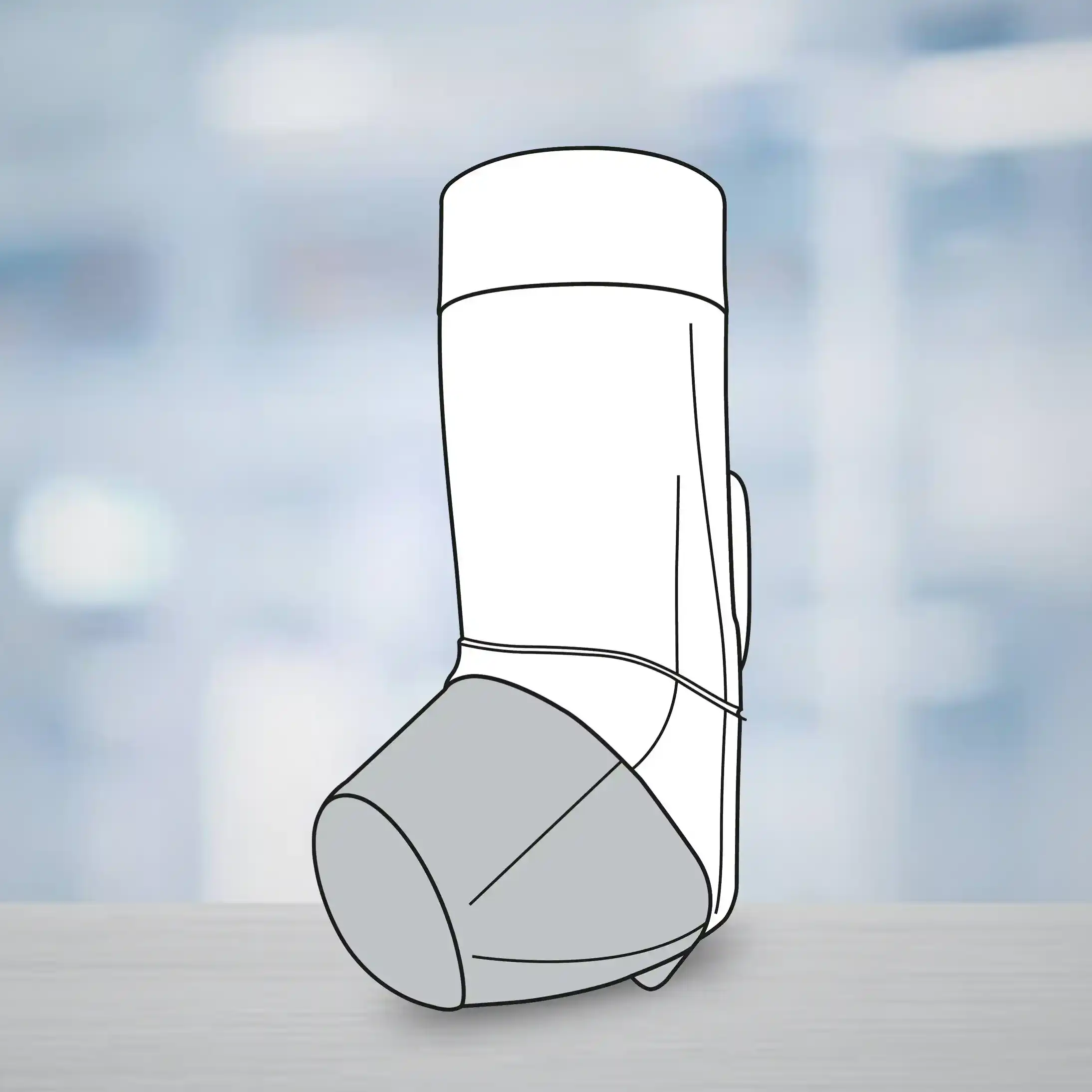Introduction
The fourth-generation fluoroquinolones (FQs) gatifloxacin (GAT) and moxifloxacin (MOX) have shown promising mycobactericidal activity. In vitro studies suggested that FQs might reduce the duration of treatment in new TB cases.
Aim
To evaluate efficacy and safety of the MOX- or GAT-containing regimens as initial therapy for drug-sensitive tuberculosis (TB).
Patient Profile
- N= 6980 participants with a range of 170 to 1931 participants per trial.
- Male patients comprised 62%–74% of population
- The mean age was approximately 30 years old
- Seven out of nine trials included both HIV-positive and HIV-negative patients with the total HIV prevalence ranging from 3% to 58.5%
Methods
- A meta-analysis and systematic review
- RCTs that evaluated the MOX- or GAT-containing regimen for drug-sensitive pulmonary tuberculosis were selected
- 9 studies were included in this meta-analysis
|
Study |
Enrolled patients |
Number of each arm a |
Male |
Mean age (interquartile range) |
HIV prevalence |
Treatment regimens b |
Duration of follow-up | |
|
Experimental group |
Control group |
|||||||
|
Burman et al. |
336 |
169 vs 167 |
67% |
31 (24–40) |
21.7% |
2HRZM/4HR |
2HRZE/4HR |
2m |
|
Rustomjee et al. |
217 |
163 vs 54 |
66.8% |
31.5 (25–37) |
58.5% |
2HRZM/4HR |
2HRZE/4HR |
2m |
|
2HRZG/4HR |
||||||||
|
2HRZO/4HR |
||||||||
|
Dorman et al. |
433 |
185 vs 196 |
72% |
30 (25–38) |
11% |
2RZEM/4HR |
2HRZE/4HR |
2m |
|
Conde et al. |
170 |
74 vs 72 |
62% |
32 (na) |
3% |
2HRZM/4HR |
2HRZE/4HR |
18 m |
|
Jawahar et al. |
429 |
251 vs 165 |
74% |
Na |
0 |
2HRZM/2HRM |
2HRZE/4HR |
30 m |
|
2HRZG/2HRG |
||||||||
|
Velayutham et al. |
801 |
616 vs 164 |
75% |
Na |
0 |
2HRZE/4HR |
2m | |
|
2HRZEM/2HRM(daily); |
(thrice wk) |
|||||||
|
2HRZEM/2HRM(thrice wk) |
||||||||
|
Jindani et al. |
827 |
552 vs 275 |
64% |
Na |
27% |
2R(high-dose)ZEM/2MP |
2HRZE/4HR |
18 m |
|
2R(high-dose)ZEM/4MP |
||||||||
|
Gillespie et al. |
1931 |
1291vs 640 |
70% |
Na |
7% |
2HRZE/4HR |
||
|
Merle et al. |
1836 |
848 vs 844 |
72.7% |
30.7(na) |
18.1% |
2HRZG/2HRG |
2HRZE/4HR |
30 m |
H, isoniazid; R, rifampicin; E, ethambutol; Z, pyrazinamide; M, moxifloxacin; G, gatifloxacin; O, ofloxacin; P, rifapentine; na, not available.
a Number of patients in an experimental group vs a control group in intention-to-treat analysis.
b In each regimen, the number indicates the number of months of treatment: e.g., ‘2HRZM/4HR’ represents two months of treatment with HRZM followed by four months of treatment with HR.
- All of the controlled regimens included
- standard doses of isoniazid, rifampicin, pyrazinamide and ethambutol.
- The mean duration of follow-up ranged from two months of treatment to 24 months after the end of treatment.
Primary and Secondary Outcomes
- The rate of unfavorable outcomes was set as the primary outcome.
- The unfavorable outcomes were
- treatment failure
- relapse
- death or withdrawal from the trial at the end of follow-up
- The rate of sputum culture conversion at the end of the intensive phase (2-month) was set as the secondary efficacy outcome.
- Safety outcomes were the rates of death from any cause, TB-related death and serious adverse events
Results
- More frequent unfavorable treatment outcomes were associated with fluoroquinolone substitution for isoniazid or ethambutol in short-course regimens compared with the standard regimen, particularly an increased incidence of relapse.
|
Study |
Treatment regimens a |
|
Unfavorable outcome rates |
|
Treatment failure rates b |
|
Relapse rates b |
|
|
|
Experimental |
Control |
Experimental |
Control |
Experimental |
Control |
Experimental |
Control |
|
Jawahar et al.30 |
2HRZM/2HRM |
2HRZE/4HR |
13.9% |
8.1% |
2/108 (1.9%) |
2/137 (1.5%) |
11/104 (10.6%) |
8/132 (6.1%) |
|
|
2HRZG/2HRG |
|
16.9% |
|
6/118 (5.1%) |
|
17/115 (14.8%) |
|
|
Merle et al.22 |
2HRZG/2HRG |
2HRZE/4HR |
21% |
17.2% |
12/694 (1.4%) |
16/662 (2.4%) |
101/694 (14.6%) |
47/662 (7.1%) |
|
Gillespie et al.20 |
4HRZM |
2HRZE/4HR |
23% |
16% |
5/568 (0.9%) 7/555 (1.3%) |
|
46/568 (8.1%) 13/555 (2.3%) |
|
|
|
4ERZM 24% |
|
|
|
5/551 (0.9%) |
|
64/551 (11.6%) |
|
|
Jindani et al. |
2R(high-dose)ZEM/2MP |
2HRZE/4HR |
26.9% |
14.4% |
2/193 (1.0%) 2 |
/188 (1.1%) |
27/193 (15.8%) |
6/188 (3.1%) |
|
|
2R(high-dose)ZEM/4MP |
|
13.7% |
|
0/212 (0.0%) |
|
5/212 (2.7%) |
|
H, isoniazid; R, rifampicin; E, ethambutol; Z, pyrazinamide; M, moxifloxacin; G, gatifloxacin; P, rifapentine; na, not available.
a In each regimen, the number indicates the number ofmonths of treatment: e.g., ‘2HRZM/4HR’ represents two months of treatment with HRZM followed by four months of treatment with HR.
- Rates of sputum culture conversion at two months were slightly higher with MOX-containing regimens than the standard regimen (RR 1.08, P<0.001).
- Rate of sputum conversion between the GAT-containing regimens and the standard regimen (RR 1.13, P = 0.13) were not significantly different.
- The incidence of death from any cause, including TB, nor were there serious adverse events between the MOX- or GAT-containing regimens and the standard regimen were not significantly different.
|
Study |
Experimental regimen a |
Control regimen a |
Follow-up (month) |
Death from any cause b |
TB-related death b |
Serious side effects b | |||
|
Experimental |
Control |
Experimental |
Control |
Experimental |
Control | ||||
|
Rustomje et al. |
2HRZG/4HR |
2HRZE/4HR |
2 |
0/55 (0%) |
2/54 (3.7%) |
0/55 (0%) |
0/50 (0%) |
3/55 (5.5%) |
7/54 (13.0%) |
|
Jawahar et al. |
2HRZG/2HRG |
2HRZE/4HR |
24 |
na |
na |
na |
na |
4/136 (2.9%) |
1/165 (0.6%) |
|
Merle et al. |
2HRZG/2HRG |
2HRZE/4HR |
30 |
10/848 (1.2%) 12/844 (1.4%) |
2/848 (0.2%) |
3/844 (0.4%) 20/848 (2.4%) 23/844 (2.7%) | |||
a In each regimen, the number indicates the number ofmonths of treatment: e.g., ‘‘2HRZG/4HR’’ represents twomonths of treatment with HRZG followed by four months of treatment with HR.
b The number of events or the number of patients included in each arm (rate).
Conclusion
- In this study, MOX or GAT demonstrated slightly better efficacy or non-inferiority in early phase of treatment compared with the standard regimen.
- Shortening treatment duration in the initial therapy can be achieved with MOX or GAT
- MOX and GAT demonstrated good safety profile in initial TB treatment.
Emerging Microbes and Infections (2016) 5, e12; doi:10.1038/emi.2016.12








